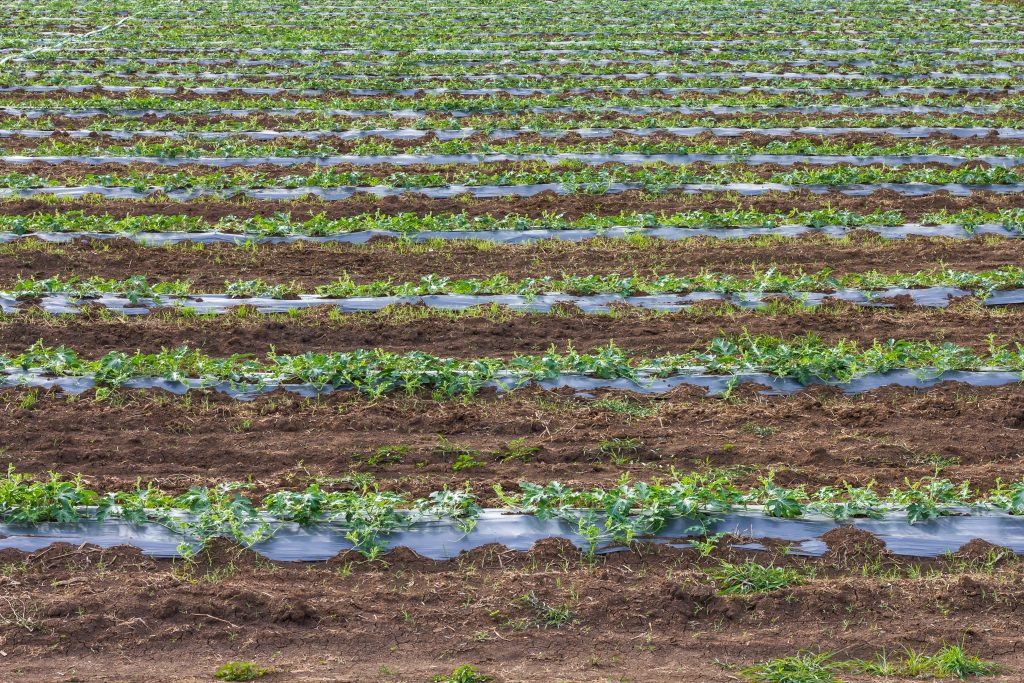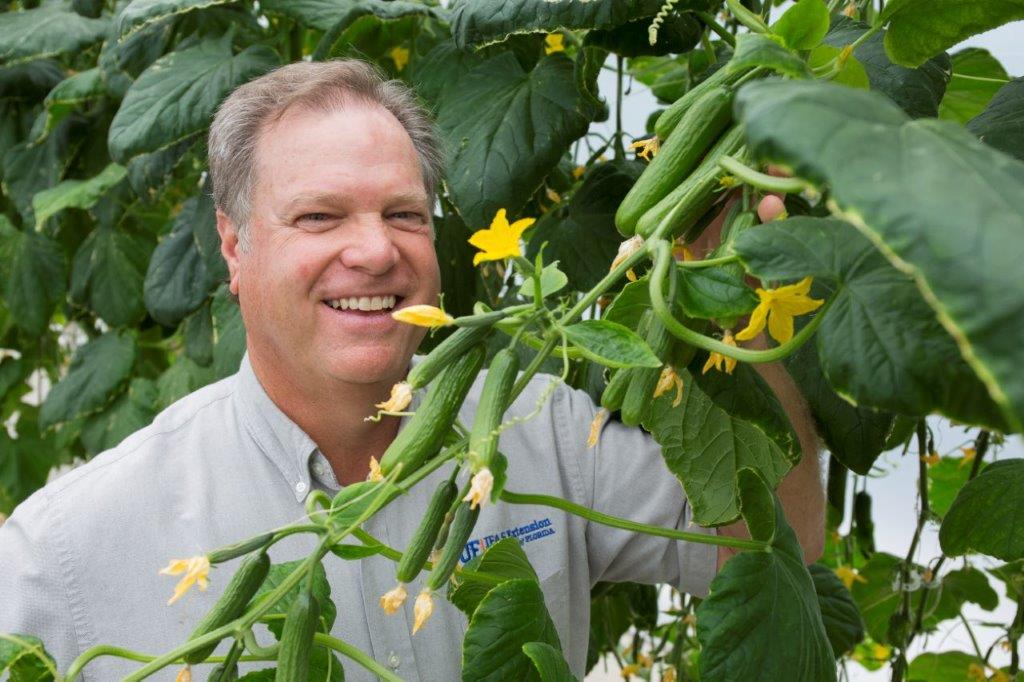By Clint Thompson
The early-market watermelon window in May prompted North Florida producers to begin planting their crop earlier this season. Some were even finished planting by the first couple of days of March, according to Bob Hochmuth, University of Florida Institute of Food and Agricultural Sciences (UF/IFAS) regional specialized Extension agent in Live Oak, Florida.

“I would say that over the few decades that I’ve been working here that to think that if we even started in February would have been unusual 30 years ago. Now to think that we’ve got some plantings that were actually completed by March 1 is just very different than the way it used to be,” Hochmuth said. “I think that’s an indication of how critical it is that they drive as hard as they can towards that early market knowing full well what risks there might be in terms of weather; whether it’s wind or cold during the month of March.
“It’s the market prices early in the season that drive them to take that risk and try to get as much as possible planted in the early part of March, at the latest.”
Though weather could affect how the production season transpires this spring, the current timetable for North Florida watermelons to be ready for harvest would be around the second week of May.
“Typically, when we get this early of a start and we don’t get clobbered or held back along the way, they probably would be in that May 10 window, plus or minus, something like that. What it does is give them a good strong week or two prior to Memorial Day which can make all the difference in the world, if the prices are high and as long as we don’t climb on top of those south of us,” Hochmuth said. “That’s how everything gets stacked up, starting in South Florida and working their way up the east coast and the central part of the country.

“There’s a window for everybody, and if those windows get on top of each other, with some windows being late and the next one early, then all of a sudden you’ve got a lot of watermelons on the market at one time which does make it really difficult.”
Warm and dry weather conditions that were prevalent in late February and early March provided growers the ammunition to follow through on planting earlier this season.
“Certainly, we’ve had an exceptionally warm February. But we’ve got so much of March and early April to get through that even though we had a really warm February, it doesn’t necessarily mean it’s going to stay that way,” Hochmuth said. “But if we were to look at the long-term trends over the last 20 or 30 years, it does seem like we’re having much warmer early parts of February and March.”









